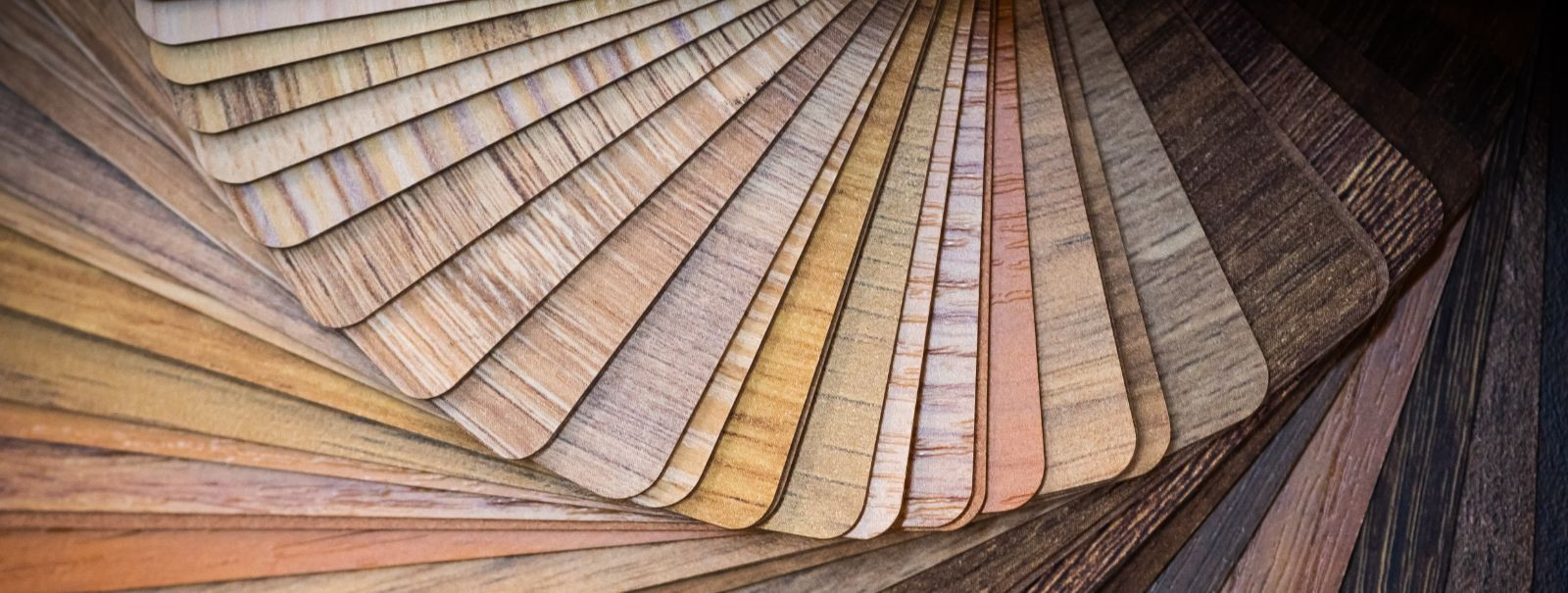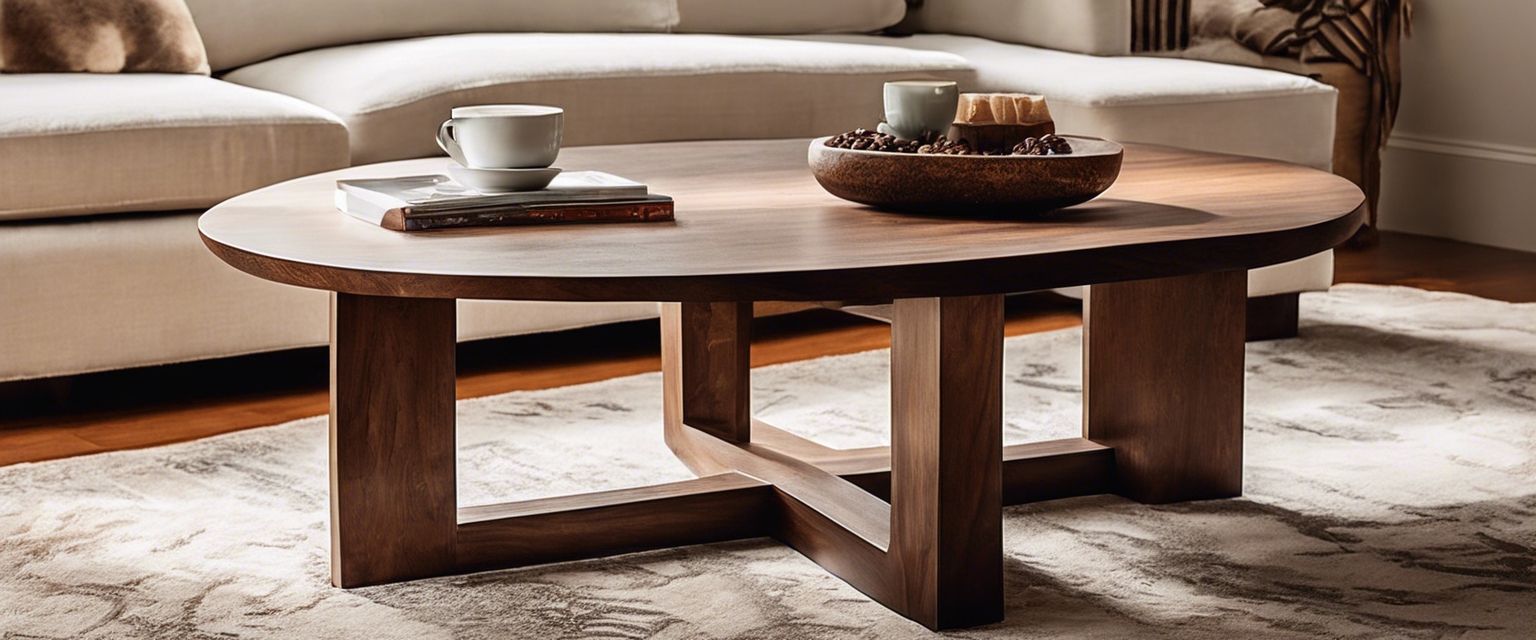The art of woodworking: a journey through craftsmanship
Woodworking is an ancient craft that marries the natural beauty of wood with the precision of human skill. It's a practice that has evolved over millennia, yet remains rooted in the timeless principles of artistry and quality. For our discerning clientele—interior designers, architects, luxury home builders, and environmentally conscious homeowners—woodworking is not just a trade, but a form of expression that resonates with the soul of design.
From the earliest civilizations to modern societies, woodworking has been a cornerstone of human culture. The craft has been passed down through generations, with each era adding its own techniques and styles. The historical significance of woodworking is not only in the items produced but also in the stories they tell and the heritage they represent.
Every woodworking project begins with understanding the materials and tools. Hardwoods and softwoods each have their unique characteristics and uses. The selection of wood, along with the mastery of tools such as chisels, saws, and planes, sets the foundation for the quality of the finished product.
The Process of Creating Masterpieces
The journey of creating a woodworking masterpiece starts with a vision. This vision is meticulously translated into detailed blueprints that guide the crafting process. It's a dance between creativity and precision, ensuring that each piece is both aesthetically pleasing and structurally sound.
Shaping wood is an art form that requires patience, skill, and an intimate knowledge of the material. Carving, joinery, and turning are just a few of the techniques that transform a raw piece of wood into a work of art. The craftsman's touch is evident in the smooth curves and sharp lines that define the piece's character.
The final stage of woodworking is the application of finishes that enhance the wood's natural beauty and protect it for years to come. Stains and varnishes are carefully selected to complement the wood's grain and color, while also providing durability against wear and the elements.
The Role of Woodworking in Modern Design
Today's design landscape values the integration of natural elements, and woodworking offers a unique way to bring warmth and texture into modern spaces. Custom wood pieces serve as focal points that blend tradition with contemporary aesthetics.
As stewards of the environment, woodworkers and clients alike prioritize sustainability and ethical sourcing. The use of reclaimed wood and responsible forestry practices are key considerations in the creation of sustainable wood products that clients can feel good about.
For those who seek exclusivity, custom woodworking provides an opportunity to own a piece that is truly one-of-a-kind. Bespoke pieces are tailored to the individual's style and space, making them a statement of luxury and uniqueness that stands the test of time.
The Emotional Connection: Woodworking as an Expression
Each piece of wood tells a story—a narrative of growth, life, and resilience. Woodworkers are adept at bringing this story to the forefront, allowing the material to speak through the finished product.
High-quality woodwork is not just a purchase; it's an investment in a legacy. These pieces are often passed down through generations, carrying with them the legacy of the craftsman's dedication and the owner's care.






Comments (0)